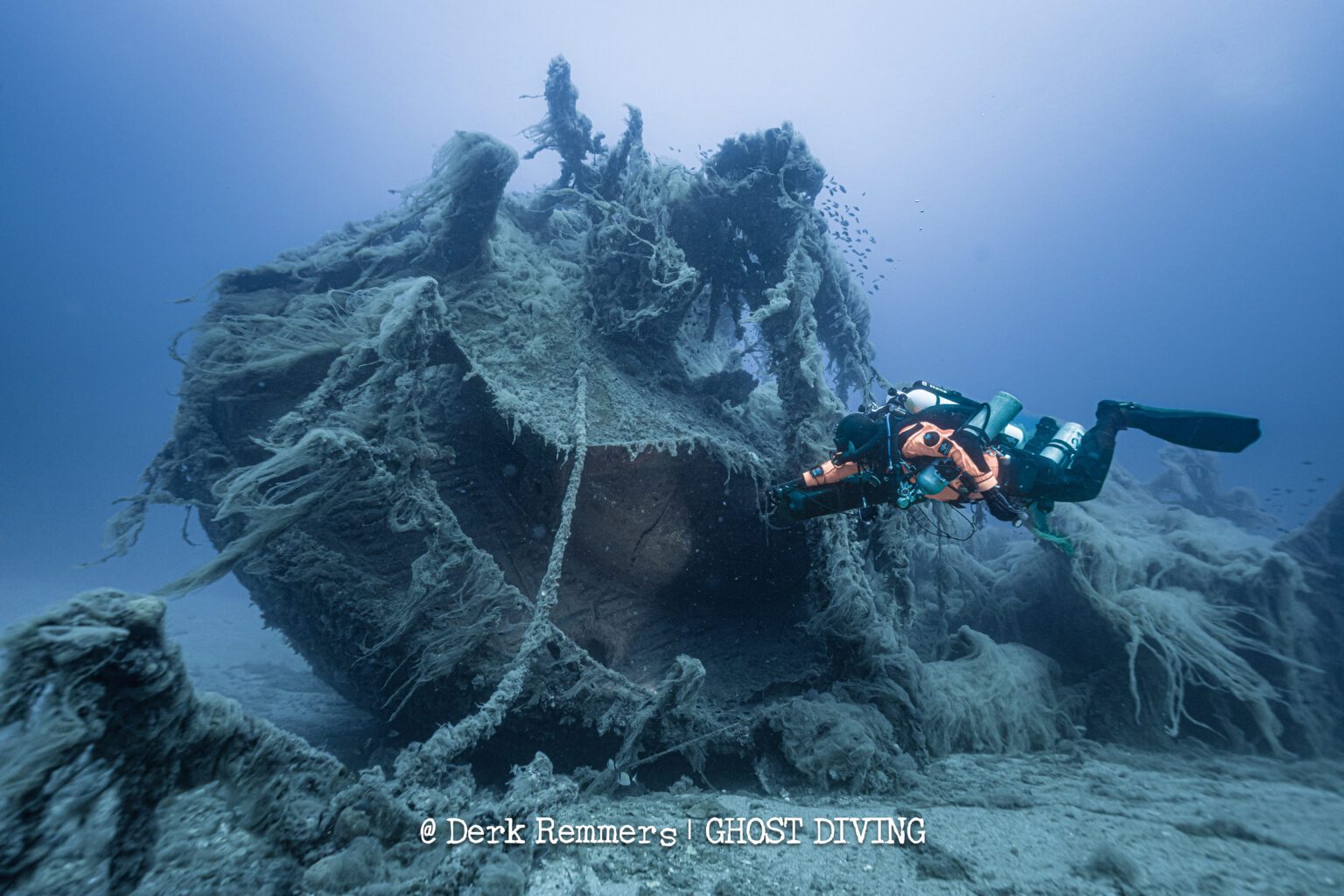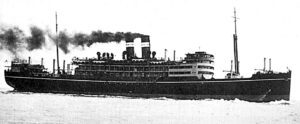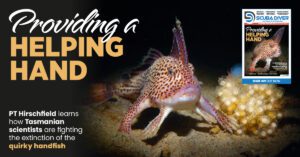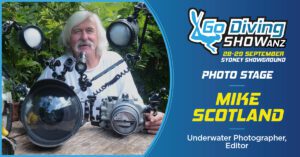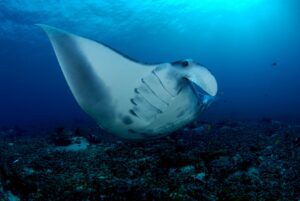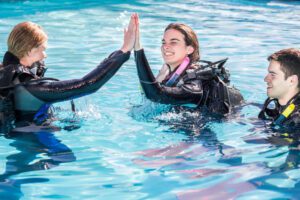Ghost Diving, Healthy Seas and SDSS joined forces in June for an eight-day expedition tasked with removing ghost nets and discarded fishing gear from World War Two wrecks lying between Italy's Lampedusa Island and Tunisia.
Volunteer divers from five countries took part in the expedition, which represents the third year of partnership from the trio of organisations, with the support of Hyundai Motors Europe.
“Wrecks provide excellent habitats for marine life, acting as a reef and providing shelter. At the same time, it is on wrecks that fishing nets get most often snagged. It is estimated that 640,000 tons of fishing gear are lost or abandoned annually in the world’s seas and oceans leading to the suffering and death of millions of marine animals,” says Pascal van Erp, Healthy Seas deputy director and Ghost Diving founder.
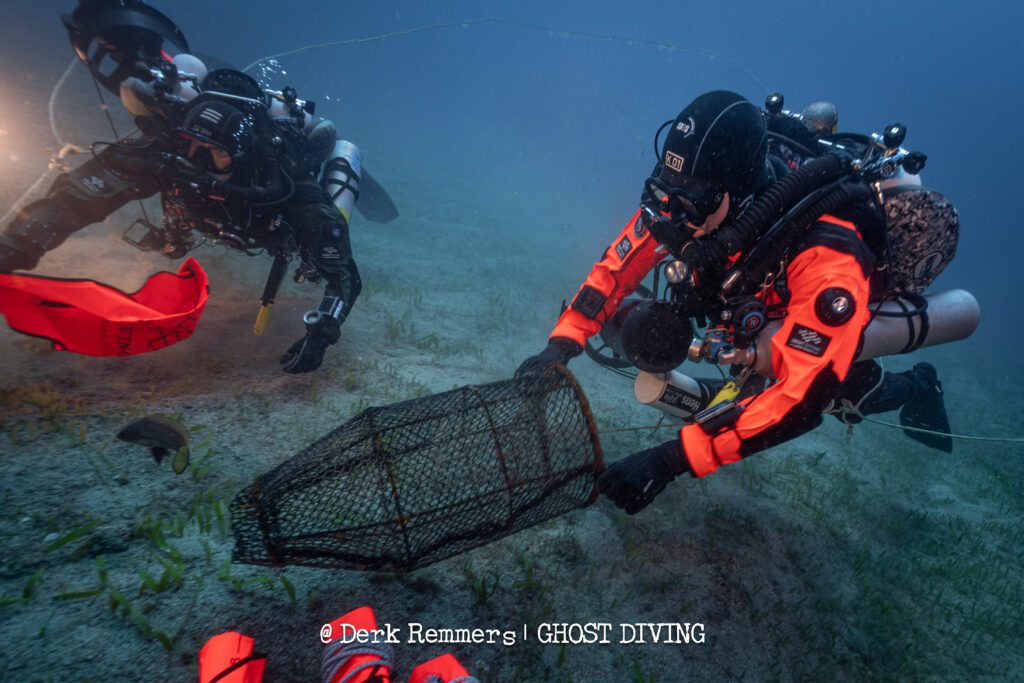
The team focused on one particular shipwreck that has yet to be identified, a ship sunk during the Battle of Convoys and still containing several aerial bombs and vehicles. By recovering a huge net, weighing approximately 700kg, the divers unveiled its structure, making it a safer space for marine life but also more accessible for other divers. After examining the material and structure of the net, it is believed that it originated in Egypt. It will be upcycled into new nets.
This mission also aimed at documenting various wrecks as cultural monuments. By collecting over 12,000 photos and applying photogrammetric techniques, 3D virtual models are created to make the wrecks accessible to scientists and the wider public. SDSS Founder Mario Arena: “Since 2007 when our team began exploring the wrecks at this location, we are continuously running into fishing nets. The collaboration with Healthy Seas and Ghost Diving is allowing us to make progress in our historical discoveries.”
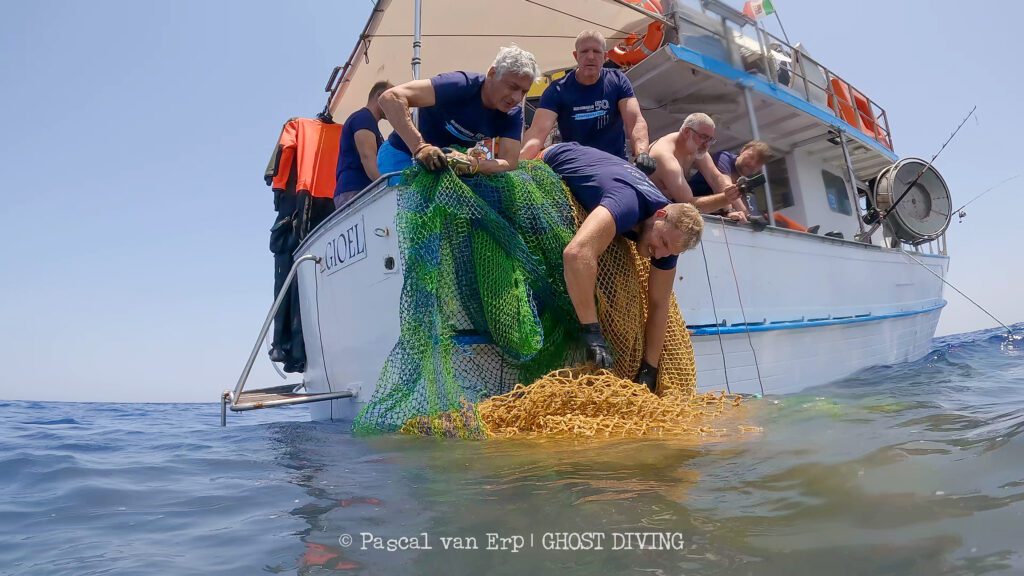
The team was made up of GUE technical divers from Italy, the Netherlands, Germany, Greece and Lebanon with thousands of dives in their resumes. Due to the limited space on board, they used rebreathers to reduce the number of tanks, and increase safety during these long and deep dives.
“Due to the remoteness of the location dived, as well as the sparse supplies on board, we consider this to be our most unique project. We look forward to returning again next year to continue protecting the environment and the wondrous submerged historical wrecks found in this part of the Mediterranean,” said van Erp.
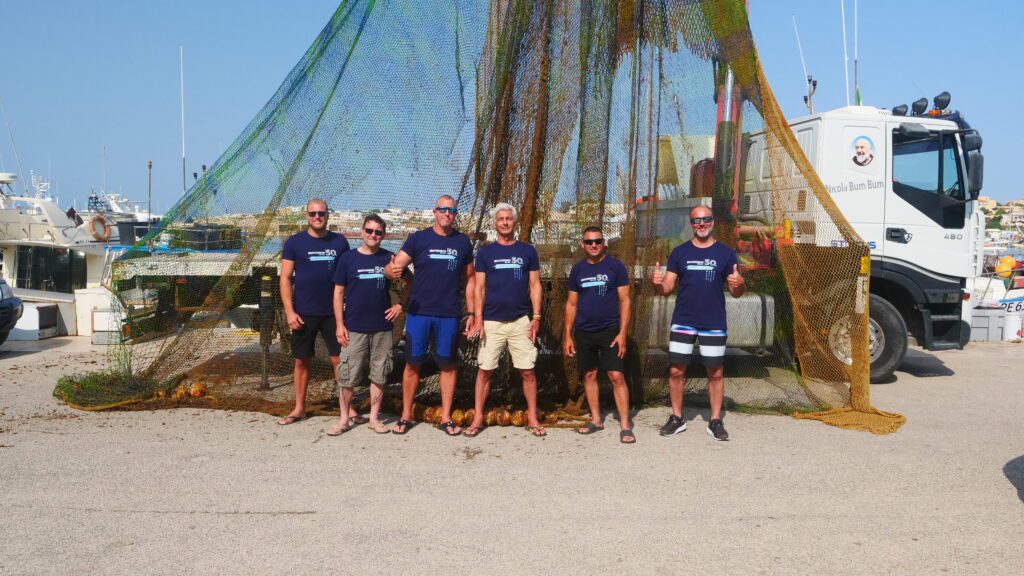
Photo credit: Pascal van Erp and Derk Remmers
